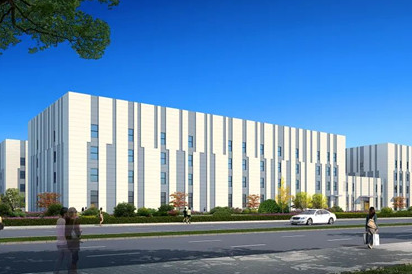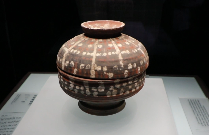Modern traffic system backs up Hohhot’s development
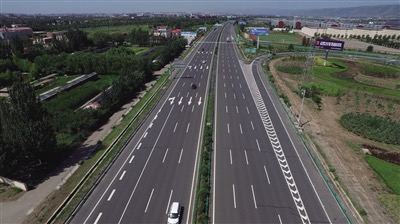
The Hohhot section of the G6 Beijing–Lhasa expressway [Photo/Xinhua]
Hohhot has been expanding its road traffic network over the past several years to ensure it keeps pace with other areas of development in the Inner Mongolia autonomous region.
Liu, a director from the Inner Mongolian Highway Construction Co Ltd, said that in 2001, Hohhot had one highway, which was the only one in China’s five autonomous regions.
Liu claimed that now there are more highways in Hohhot and a network of major roads connecting those highways after the construction of provincial and national roads.
Before 2014, tourists from Shanxi province had to detour through Heibei province to get to Hohhot but after the opening of the Hohhot-Shuozhou highway people can travel directly to Hohhot in half the time the old journey used to take.
Meanwhile, the rail network in Hohhot has also improved. Reconstruction work has been carried out on Hohhot Railway Station to better cater for the needs of passengers, especially during peak periods such as the Spring Festival, the summer vacations and the National Day holiday.
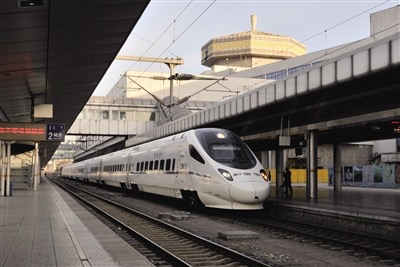
The first bullet train to operate in Inner Mongolia on Nov 6, 2014. [Photo/Xinhua]
Before 2000, it took more than 13 hours to travel from Hohhot to Beijing, but now it only takes about six hours thanks to the new high-speed trains.
Inner Mongolia’s first high-speed rail line will be completed in 2018, when the journey from Hohhot to Beijing will take only three hours.
Air transport has also developed quickly in the past decade. In 2006, passenger throughput at Hohhot Airport was 1.5 million; in 2016 it reached more than 8 million.
Flights leave Hohhot for major Chinese cities every day, including Shenzhen, Xi'an, Zhengzhou and Xiamen.
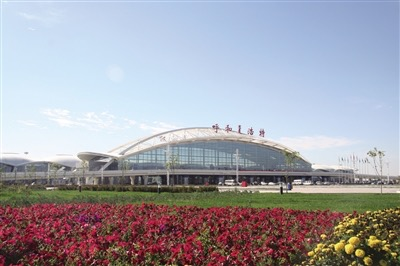
A view of Hohhot Airport [Photo/Xinhua]






